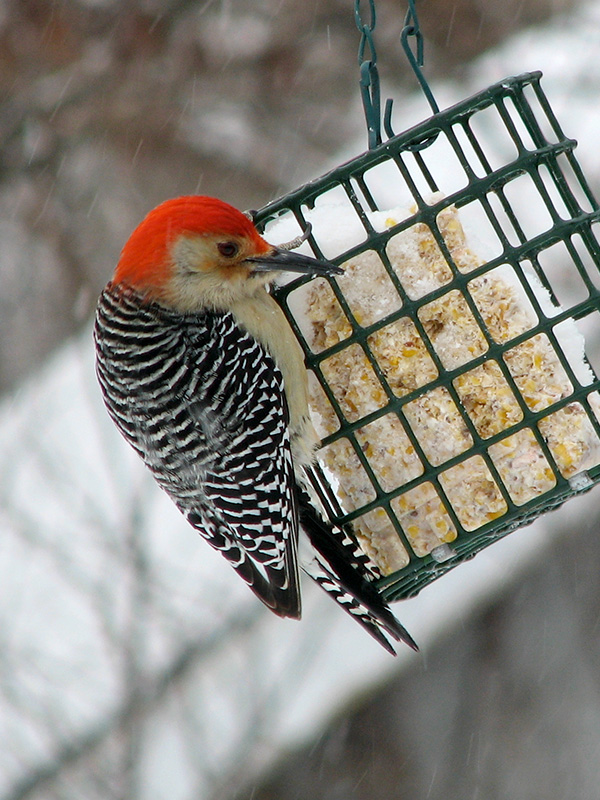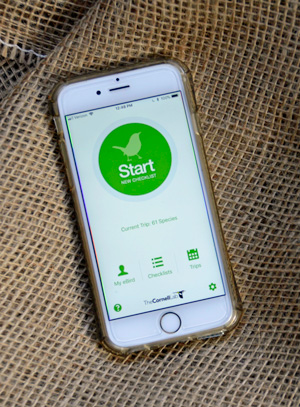eBird is a joint project of Cornell’s Lab of Ornithology and the Audubon Society. It’s one of the most important bird conservation projects.
From the eBird website:
eBird is the world’s largest biodiversity-related citizen science project, with more than 100 million bird sightings contributed each year by eBirders around the world. A collaborative enterprise with hundreds of partner organizations, thousands of regional experts, and hundreds of thousands of users, eBird is managed by the Cornell Lab of Ornithology.
As of May 2021, eBird reached an important milestone: 1 BILLION bird observations representing 77,466,000 birding checklists submitted by 684,300 eBirders from 202 countries! We’re so happy that we made at least a small contribution to this total and we’ll keep contributing more. (One of our favorite times to do an eBird checklist is while we’re eating our lunch and supper in the back yard.)

I started by using eBird as a convenient way of recording my weekly observations. I have records going back many years now.
Every year of data collected in my yard makes the data more useful, both to me and to scientists. It’s interesting to see bird population trends, and eBird is a great way to do it since it can display the data in various ways.
You note the location and distance and/or start time/duration and count the birds you see during each outing. Or you can choose “Casual” observation to just record what you’ve seen.
Cornell’s Bird Academy has an excellent FREE program on eBird Essentials. I highly recommend it since it’s important to follow the few fairly simple protocols for recording observations.
Now, the magic of apps

One of my favorite apps is eBird Mobile. What a difference it makes! Theoretically, it’s not that different jotting down the birds I saw on my customized bird list, then entering them online later, as I did in the olden days.
In practice, though, it makes all the difference. It’s just so easy to grab my phone, open up eBird Mobile, then enter the birds I see as I see them. When I click Submit, I’m really done. They’re already entered!
Even more important, this method provides more information, and in a more timely fashion. For example, it calculates exactly how many minutes I observed. I generally use the “Stationary” count since I’m usually either looking out the window in winter, or sitting in the back yard. If for some reason I’m out and about and spot a bird, it can create an exact location of the sighting as I enter the report. (In this case, it would be an Incidental sighting.)
ID birds with Merlin
And if I can’t identify a bird, I have the Merlin app as well as the eBird Mobile app right there. I’m amazed at how much it changes the community science experience!
Resources
- Cornell Lab of Ornithology:
- Identifying patterns in bird-plane collisions with eBird data
- eBird Essentials – A free video course from the Bird Academy – EXCELLENT!
- eBird Live Q&A recorded webinar (2022)
Reflections
Merlin has permanently changed how I hear the world. I can now tune in to birdsong operas that had never entered my consciousness.
~ Michael Coren, Washington Post
